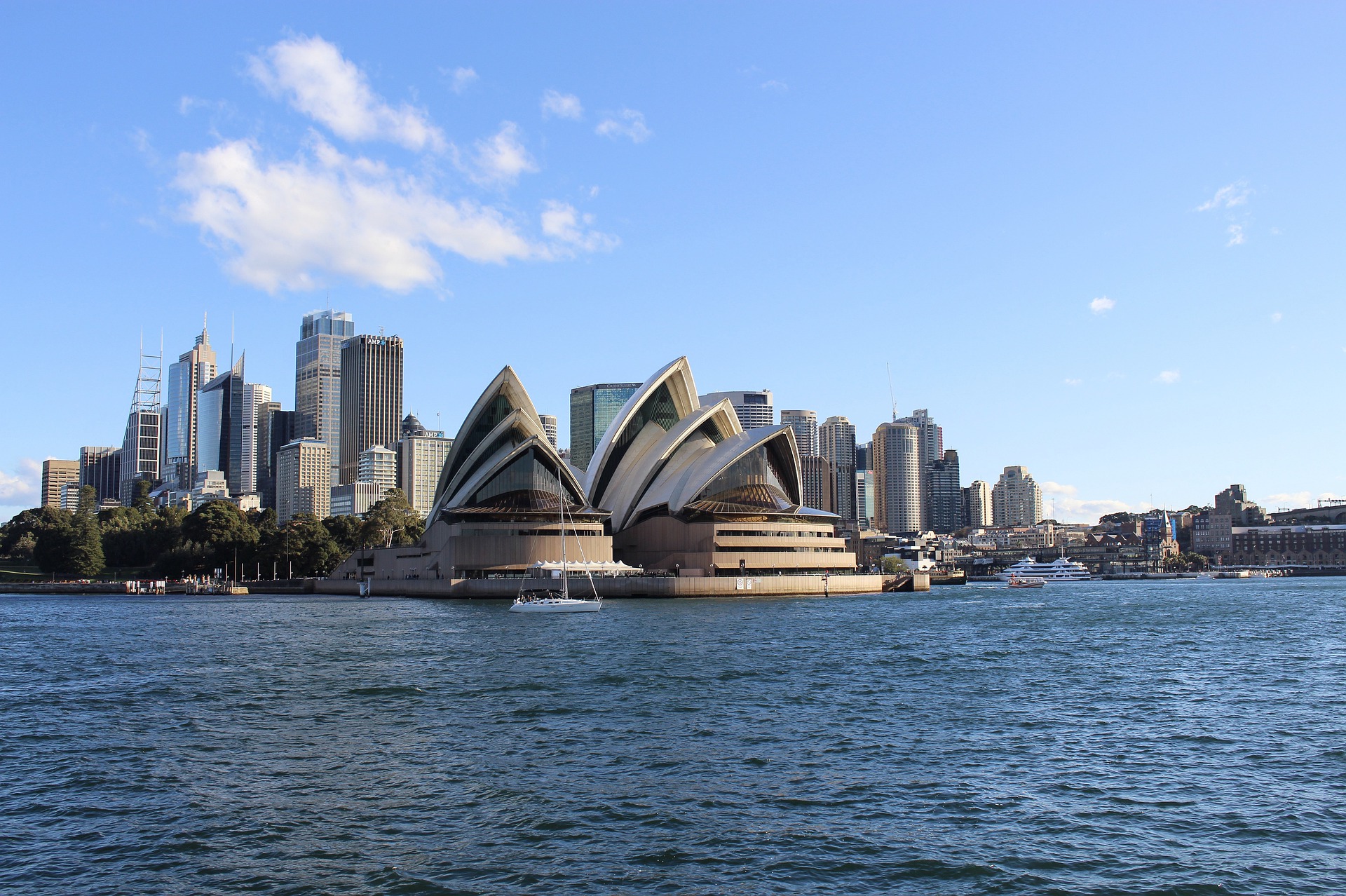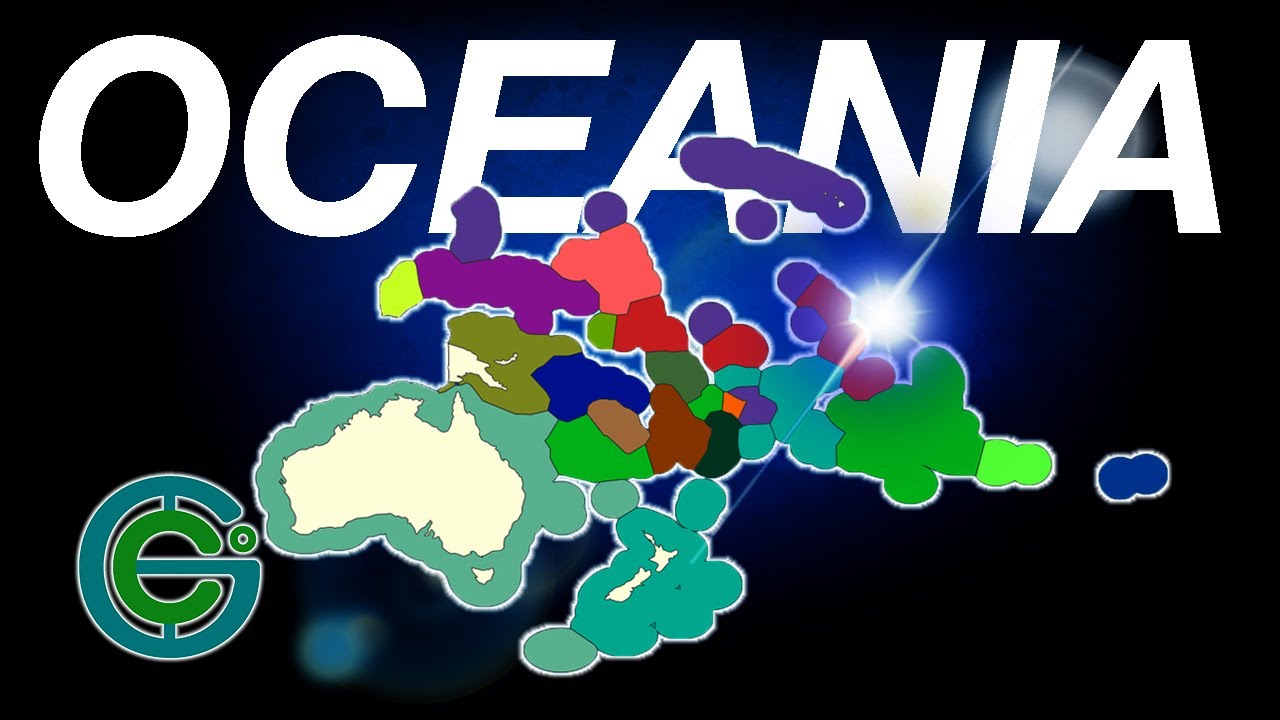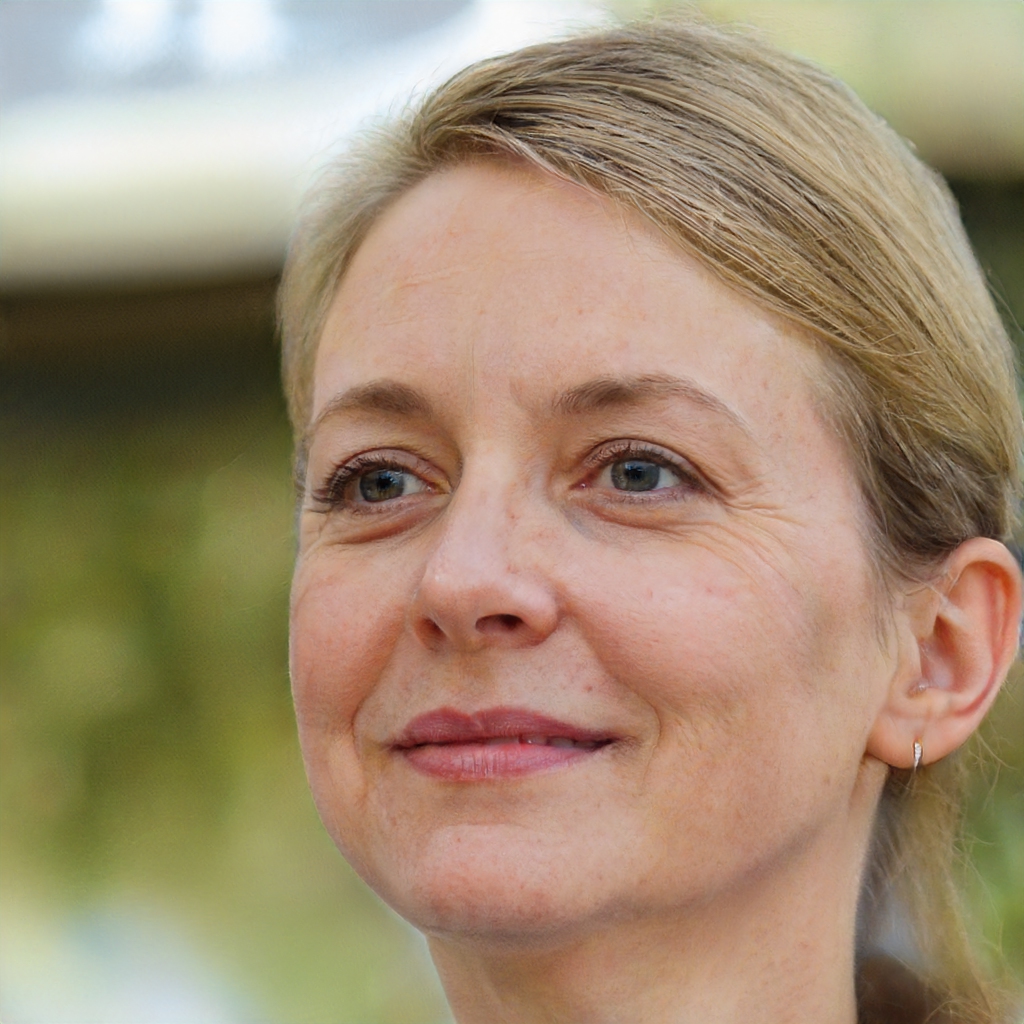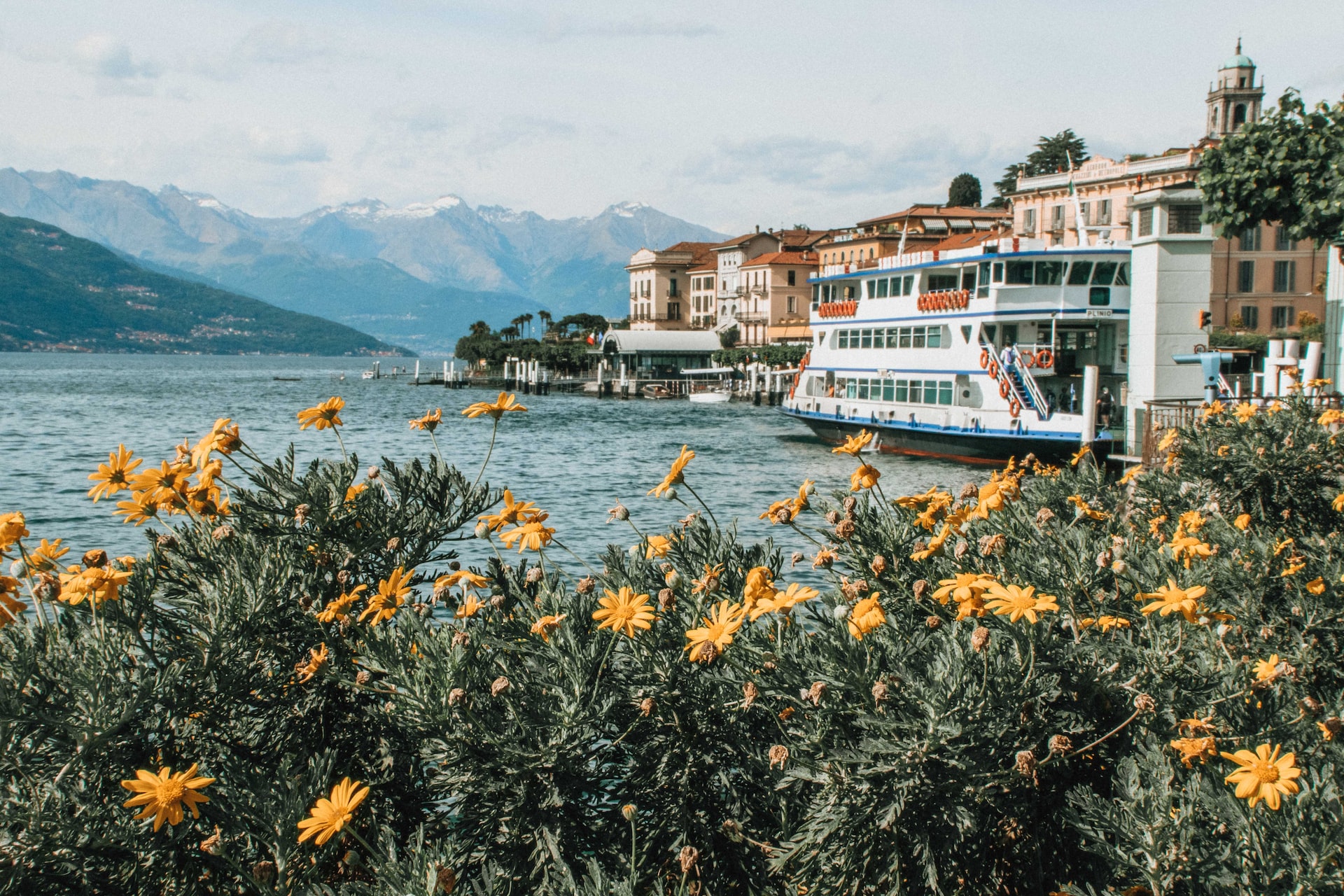Oceania - Interesting Facts
To most people, Australia (the continent), New Zealand, and even the Malay Archipelago are all part of Oceania, a word used to describe all of the islands in the Central and South Pacific. The islands of Melanesia, Micronesia, and Polynesia (including the Polynesian state of Hawai'i) are the primary emphasis of this website. Please be aware that Oceania is not a continent.
Author:Jane RestureOct 01, 2022568 Shares283.8K Views

To most people, Australia (the continent), New Zealand, and even the Malay Archipelago are all part of Oceania, a word used to describe all of the islands in the Central and South Pacific. The islands of Melanesia, Micronesia, and Polynesia (including the Polynesian state of Hawai'i) are the primary emphasis of this website. Please be aware that Oceania is not a continent.
The purpose of ane's Oceania Home Page is to provide viewers a glimpse into the daily lives of people all throughout the Pacific. People in the Pacific Islands have learned for hundreds of years how to live with nature.
One definition of an islander is a mariner who views themselves as permanently residing on both land and sea. The islanders' connection to the water is like a tonic; without it, there would be no joy in their lives. Their canoes serve as their means of transportation, and the sea provides their sustenance.
These seafarers of today are as seasick as their ancestors were, yet they are also expert navigators and canoe builders. They are at one with the sea's temperaments, know their way around the night sky and daytime sky, and draw energy from the prevailing trade winds.
Like seabirds, they have the innate need to traveland see the world. Their homes, made from coconut and pandanus, have natural elements. Living off the land and the water, the culture is relatively simple and ecologically sound.
Oceania Facts
It's huge. From North America's west coast, it's 9,000 miles to Asia without seeing land. In the Pacific Ocean, one can sail 8,000 miles from the North Pole to the South Pole. The Pacific Ocean covers almost one-third of the world's surface and holds almost half of its water; it's wide and deep enough to submerge all continents. (Central Pacific)
Balboa was the first European to see the Pacific. His political enemies executed him. A Portuguese nobleman named Magellan (Magalhaes) proposed a route to the Pacific via America in 1517. Magellan sailed into the Pacific Ocean on November 28, 1520, through the Strait of Magellan.
Magellan turned the ships north-east. After much hardship, they first saw Guam in Micronesia. Magellan died in the Philippines. Dutch merchants discovered Polynesia in the 17th century. Roggeveen reached Easter Island while Tasman reached New Zealand.
Early expedition leaders kept logs of their impressions of Oceania. Their descriptions of what they saw are interesting, but their interpretations of native culture aren't always accurate. Many whalers and merchants who followed didn't grasp our oral literature.
Many missionaries who followed them were too busy replacing their own mythology to care about the mythology they aimed to eradicate. Their stories and traditions were not recognized commercially or spiritually. Teaching was interrupted.
Our island forefathers' ancient world is gone. The temple drums and shell trumpets have remained quiet for years. Tane, Rongo, Tagaloa, Nareau, and other members of the Sky-father and Earth-divine mother's family are still with us, even if most of their regalia and emblems are in museums throughout the globe.
The future is uncertain when the ocean may take several of our islands and many of our people are still enslaved. By recovering our traditional values, we may learn who we are and what the future holds for Oceanians.

OCEANIA EXPLAINED (Geography Now!)
Experience First European Trader
Foresightful European merchant Alfred Restieaux was the first to record his time spent on the islands of Tuvalu, and in particular Nukufetau and Funafuti. His detailed recollections of the middle to late nineteenth-century living on Oceanian islands provide a rare glimpse into the world of a merchant there.
There are microfilm copies of these memoirs in the collections of the New Zealand National (Alexander Turnbull) Library in Wellington, New Zealand, and other significant museums, archives, and libraries throughout Oceania. Researchers studying the history of the South Seas have benefited greatly from their contributions.
While traveling from Auckland, New Zealand, to Kiribati, Robert Louis Stevenson and his wife stayed with Alfred Restieaux and his Tuvaluan wife, Litia, on Nukufetau. An upcoming biography will cover Alfred Restieaux's whole life, from his aristocratic upbringing in France through his time spent in early colonial Australia, South America, North America, Honolulu, and the Oceanic islands.
In addition to a short biography of Alfred Restieaux, this site provides access to his complete writings through a series of links.
People Also Ask
Is Australia A Continent Or Is It Oceania?
Australia is a continent.
Why Is Australia Now Called Oceania?
Oceania is so named because, unlike the other continental clusters, it is the ocean itself that connects the various sections of the area.
What Is The Original Name Of Australia?
Australia's English moniker, "New Holland," dates back to the early 19th century and was originally given to the continent by the Dutch navigator Abel Tasman in 1644 (under the original Dutch spelling of "Nieuw-Holland"). Even in more academic contexts, the term "Terra Australia" is nevertheless used sometimes.
Final Words
Oceania is a huge, arbitrary region where the Pacific Ocean joins the countries. It has white beaches, swaying coconut palms, coral reefs, and craggy volcanic islands. Its various countries include sophisticated cities like Melbourne and distant, culturally secluded regions.
Always be careful while interacting with locals, particularly in rural locations and islands. Remote journeys need preparation. Do your studies, be prepared, and respect wilderness regions.

Jane Resture
Author
Since she embarked on her first world trip in 2002, Jane Resture spent the past decades sharing her personal journey and travel tips with people around the world. She has traveled to over 80 countries and territories, where she experienced other cultures, wildlife she had only read about in books, new foods, new people, and new amazing experiences.
Jane believes that travel is for everyone and it helps us learn about ourselves and the world around us. Her goal is to help more people from more backgrounds experience the joy of exploration because she trusts that travel opens the door to the greatest, most unforgettable experiences life can offer and this builds a kinder, more inclusive, more open-minded world.
Latest Articles
Popular Articles
